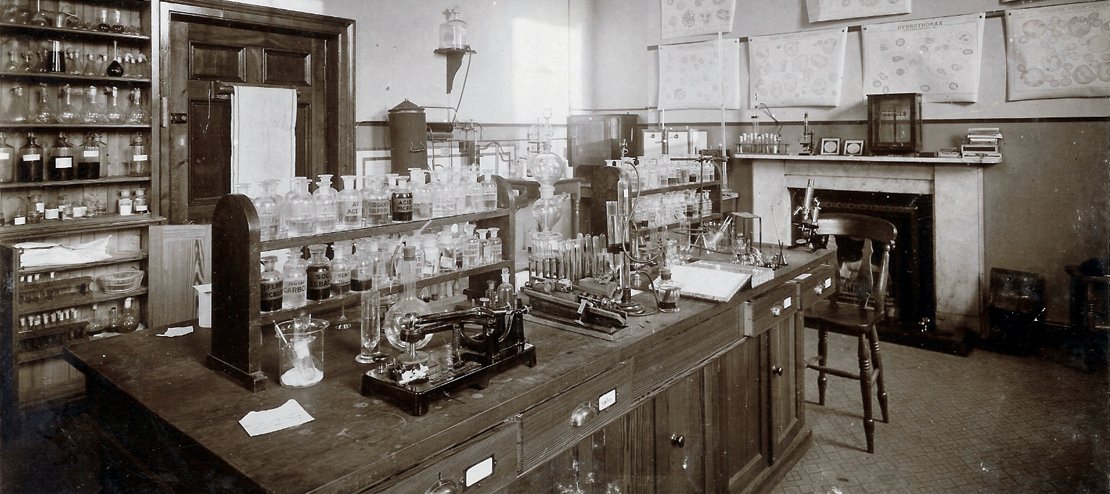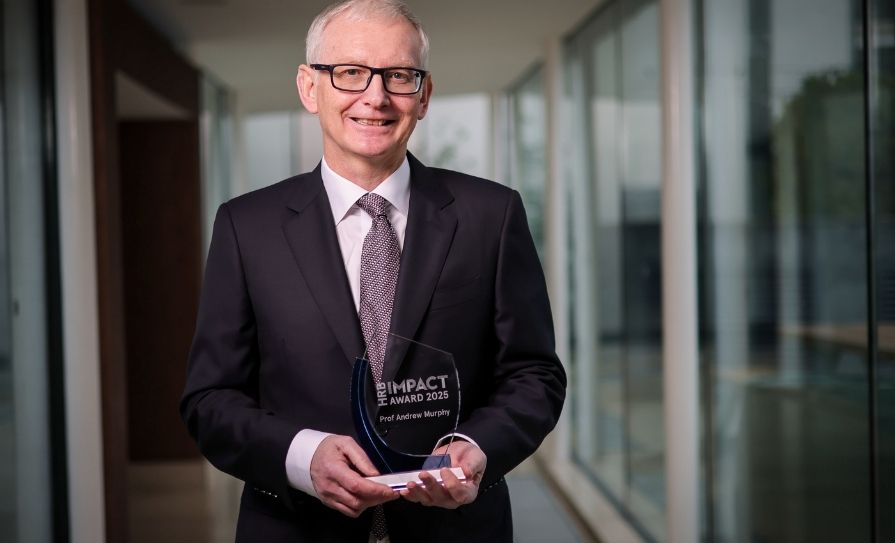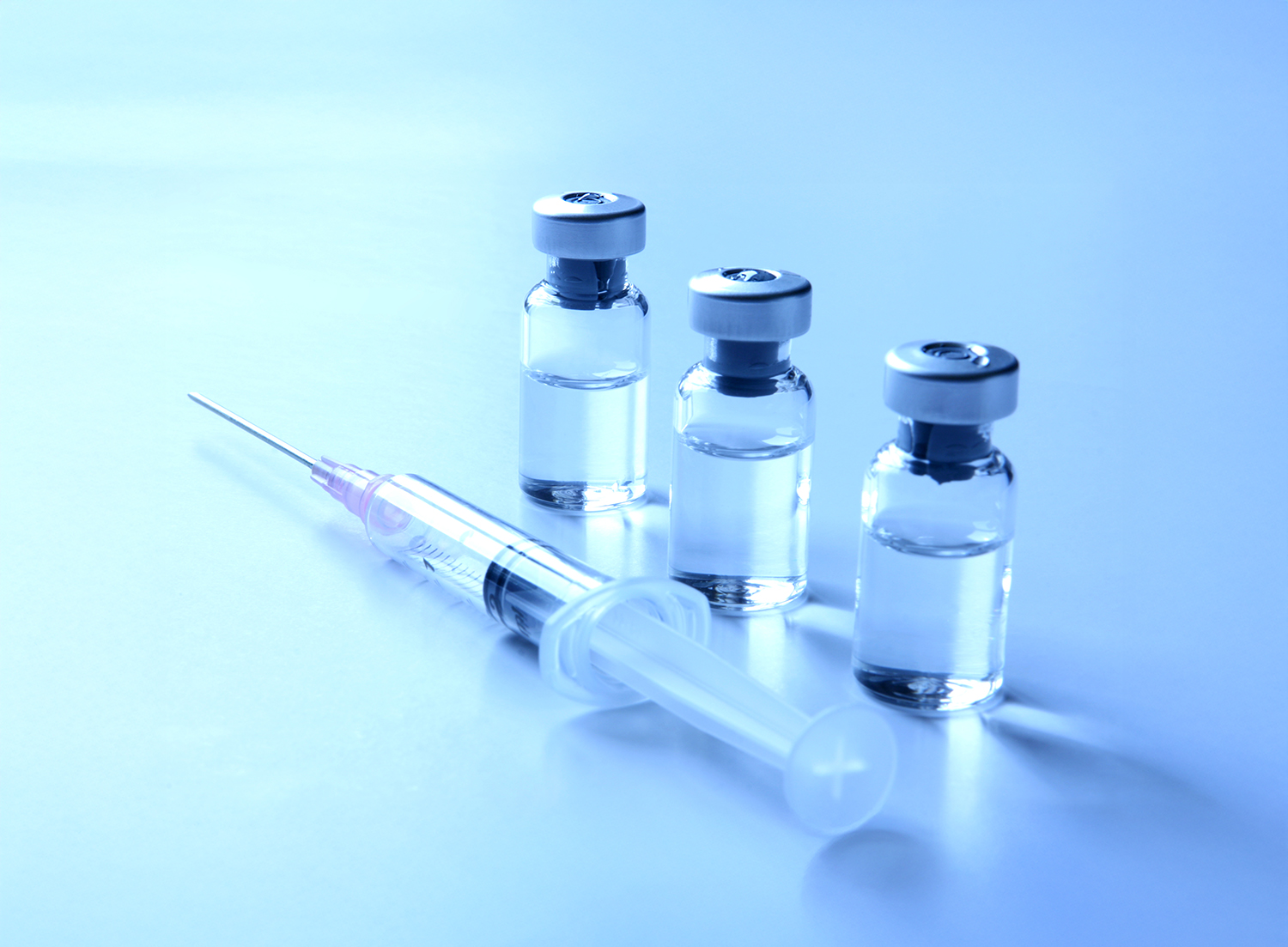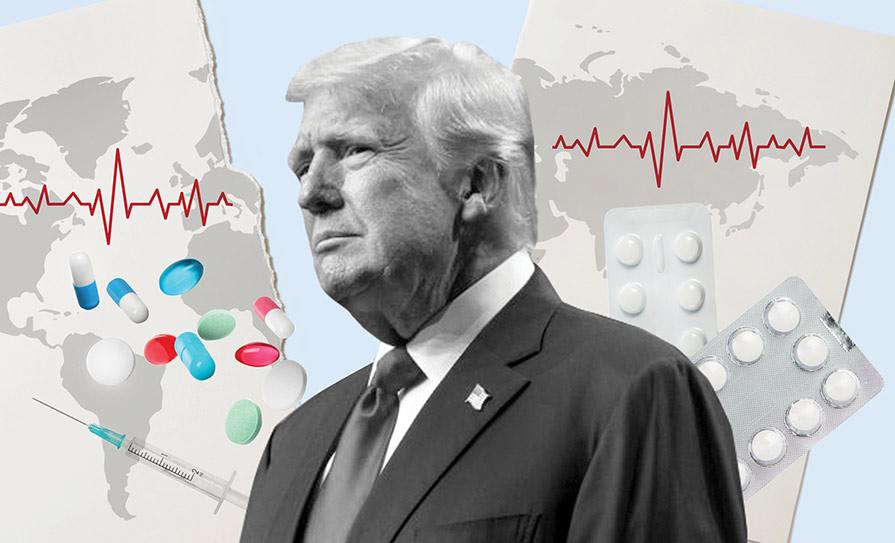Dr Peadar McGing recounts the life and career of pathologist and bacteriologist Dr Edmund McWeeney, who was famously photographed reading the Proclamation of the Irish Republic
We are very firmly in the middle of a period of centenaries. These have generated a lot of interest in the history of 100 years ago, including what were, by our standards, rather primitive healthcare facilities. Yet despite all the difficulties, there were men and women who pushed the boundaries to improve healthcare for the masses. One of those individuals was a clinician and scientist who, having been appointed as Ireland’s first full-time hospital pathologist, set up the first hospital pathology laboratory in this country. From the end of the 19th Century up to the dawn of the new State, he was a key, if now somewhat overlooked, figure in Irish healthcare, both inside and outside hospital. His name is Dr Edmund McWeeney and on 1 November 1888, he was appointed as Bacteriologist to the Catholic University Medical School and very soon thereafter to the Mater Misericordiae Hospital. His story of pioneering, innovation, and social campaigning is one that deserves to be told.
I’m sure most of you will have seen Dr McWeeney’s picture during the 1916 centenary, but his name was never mentioned. That photo of him reading the Proclamation of the Irish Republic is reproduced on this page.

Education and early career
Dr Edmund McWeeney was born in Dublin in 1864. His father was Theophylus Joseph McWeeney, chief reporter with the Freeman’s Journal. Edmund attended the Catholic University School in Leeson Street, where he and his brother Harry were jointly placed first and awarded gold medals in the Intermediate Certificate Examination. He also attended Collège Saint Bertin in Saint Omer in the north-west of France for a year. In the matriculation exam for entry to university, Edmund placed ‘first of first’ and was awarded a scholarship to study arts and modern languages. His obituary in The Lancet stated that: “During his arts course he had commenced the study of medicine, and after graduating in arts he gave his undivided attention to medicine. In 1887, he passed his MB, BCh and BAO examinations with honours”.
Following his appointment in 1888, Dr McWeeney, who was a fluent German and French speaker, was awarded a bursary by the Royal University to visit some of the great laboratories of continental Europe. He studied bacteriology in Berlin under the direction of German scientist Robert Koch, generally regarded as one of the founders of bacteriology (and Nobel Prize winner in 1905), and also spent some time in Vienna, where he studied pathology.
He used this time well and subsequently went on to develop his own reputation as an eminent bacteriologist. His accomplishments included being the first person in Ireland to demonstrate tubercle bacilli in sputum and to use the Widal reaction in the diagnosis of typhoid fever.
The Mater Hospital
Influenced strongly by the reputation of Dr McWeeney as a pathologist, the Archbishop of Dublin provided funding for a laboratory in the Mater Hospital, which he opened on 23 May 1890. The Irish Times on 24 May reported:
“The Most Rev Dr Walsh, Archbishop of Dublin, attended yesterday morning at the Mater Misericordiae Hospital, and officially opened a new department in connection with medical and surgical science — a Bacteriological Laboratory, the first of its kind in this country.”
The Archbishop clearly had a good grasp of one core difficulty in providing an excellent health service:
“Words, when they are of the right sort, are good enough in their way, but as things frequently go in this 19th Century, there is something at times more practically useful than words, and that is money.”
He explained how he was aware of Dr McWeeney’s “enterprising zeal in scientific pursuits, and especially of his zealous devotion to pathological work”.
When Dr McWeeney came to the Mater, he presented a conundrum in terms of how he would be paid. The doctors at that time were not paid a salary by the hospital. They made their money from teaching students (through their university appointments) and from their private practise.
Dr McWeeney had no prospect of private patients and did not share in the ‘fees fund’ arrangement. So a new arrangement had to be made. The medical board agreed he be paid an honorarium of £50 a year, half of this to come from the doctors’ fees fund, and half to come from the Sisters of Mercy.
Initially, staff comprised of Dr McWeeney and a helper. In 1908, Dr McWeeney was joined by an Assistant Pathologist, Dr William D O’Kelly, who remained until 1917. The Mater Hospital Annual Report for 1913 gives a good picture of the work carried out by, or under the supervision of, Dr McWeeney. Chemical, haematological and bacteriological examination of urine constituted the largest number of samples tested, with also large numbers of sputum and tissue examinations (bacteriology and histology respectively). Small numbers of gastric contents, pus, throat swabs and blood samples were also tested. Twenty-five autopsies were performed, including the sad case of a six-year-old girl — “knocked down by bicycle, death five days afterwards: Meningeal haemorrhage and purulent meningitis” — and two individuals whose age was unknown — a male “brought in unconscious, lived only a few hours” and a female with “cut throat (murder)”.
TB
For this short article, I wish to mention three aspects of Dr McWeeney’s work that impacted nationally. His primary interest as a pathologist seems very much to have been microbiology.
Tuberculosis (TB) was a terrible scourge on the Irish population and Dr McWeeney not only pioneered laboratory testing in this country, he also was a public advocate of health education, in which regard he played a key role with the Women’s National Health Association (WNHA). The WNHA was a charitable organisation set up by Lady Ishbel Aberdeen, wife of the Viceroy of Ireland, with the aim of improving maternity and child welfare with a particular emphasis on combating TB. The organisation included among its activities a travelling exhibition, which in 1907 visited over 80 locations in Ireland, attracting large crowds. Dr McWeeney was one of the 12-person organising committee. When the WNHA held a large health exhibition at the Irish International Exhibition of 1907, he provided a pathological section with exhibits showing healthy organs and organs at various stages of disease. He was also a very strong proponent on pasteurisation of milk, especially for children. As well as being Pathologist to the Mater Hospital, he was Bacteriologist to the Local Government Board and State Analyst and seems to have used his knowledge and position to improve the health of the Irish population.
The role of State Analyst, a precursor to today’s State Pathologist, was responsible for one of Dr McWeeney’s most high-profile cases — his investigation of the Limerick food poisoning deaths in 1909. In an industrial school for girls in Limerick, there were a total of 73 cases of food poisoning, with nine fatalities. Dr McWeeney performed autopsies on three of the nine children who died, but he also carried out investigations on the blood of some of the victims, as well as bacteriological testing of the victims’ viscera and of the suspected meat source (cheap beef from a sickly cow). He reported his medical findings in the BMJ, his 1909 paper identifying B.enteridis as the causal microorganism, but also determining a toxin contribution to the deaths.
Thomas Ashe
Dr McWeeney’s most famous case was undoubtedly the autopsy of the Irish patriot Thomas Ashe, whose inquest began in the Mater Hospital on 27 September 1917. The cause of his death two days previously (25 September) was force-feeding by British authorities in Mountjoy Gaol. Dr McWeeney’s autopsy work and his unwavering evidence at the inquest were significant contributors to this important event in Irish history. Under ruthless cross-examination the various Crown medical doctors had their evidence put in doubt. By the end, Dr McWeeney’s was the only evidence left undisputed, earning him the praise of the coroner.
Notable contribution
Before finishing, I must add a note about Dr McWeeney’s study of fungi. A mark of his scientific contribution to the field can be seen in his inclusion in the National Botanic Garden’s Some Irish Naturalists: a Biographical Notebook (for his discovery of a new fungus, which he named Stysanus ulmariae).
Dr McWeeney developed Parkinson’s disease, which ultimately forced him to resign in 1921 from his post as Pathologist to the Mater Hospital. He did, however, remain as Professor in what by then had become University College Dublin. He continued teaching up to his untimely death in 1925. His obituary in the BMJ stated:
“He was a distinguished man in medical science, and his death at a comparatively young age must be regarded as a national loss.”
In this period of commemoration of so many different heroes of a century ago, we should remember Dr Edmund McWeeney. As Ireland’s first full-time pathologist, the first forensic scientist in Ireland, the founder of the first hospital laboratory, and tireless advocate for better health for the poor of Ireland, he deserves to be included in any list of heroes of that era.
Footnote: I am grateful to Sr Eugene Nolan, author of Caring for the Nation, for information and inspiration.













Leave a Reply
You must be logged in to post a comment.